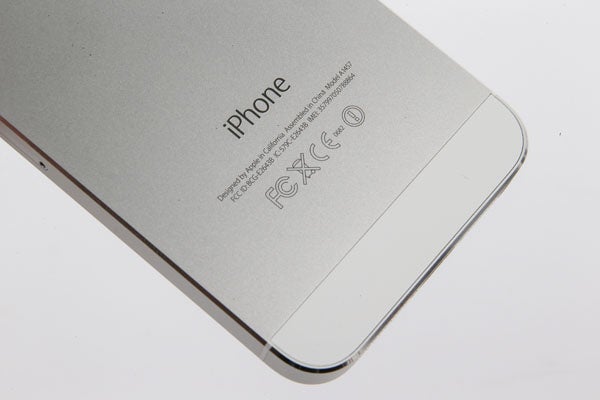iPhone 5S Review - Performance and battery life Review
Performance and battery life
Go with the iPhone SE

Sections
- Page 1 iPhone 5S Review
- Page 2 Touch ID and Screen Review
- Page 3 iPhone 5S: iOS 7 and Apps Review
- Page 4 Performance and battery life Review
- Page 5 Camera and Picture Quality Review
- Page 6 Call Quality and Verdict Review
- Page 7 Benchmarks Review
iPhone 5S – Performance


But it’s really a move for the future that means that developers can get busy supporting 64-bit now when it’s less critical so that its true potential can be unlocked on future iPhones and iPads. If you want to find out more about the iPhone 5S processor and 64-bit computing then read our guide: What is 64-bit? The Apple A7 chip explained.
The M7 processor
This particular feature only works when the phone is immobile, but it’s not the only benefit of the M7. For example, It allows to the iPhone 5S to know when you switch from a car or walking, switching the directions to suit, but it could also open a whole new set of possibilities for third-party accessories to use its specialist processing. The likes of the Nike Fuelband, Fitbit Flex and similar gadgets seem the most likely benefactors, but we’ll have to wait and see how they use it.
iPhone 5S – Battery Life

How we test phones
We test every mobile phone we review thoroughly. We use industry standard tests to compare features properly and we use the phone as our main device over the review period. We’ll always tell you what we find and we never, ever, accept money to review a product.


